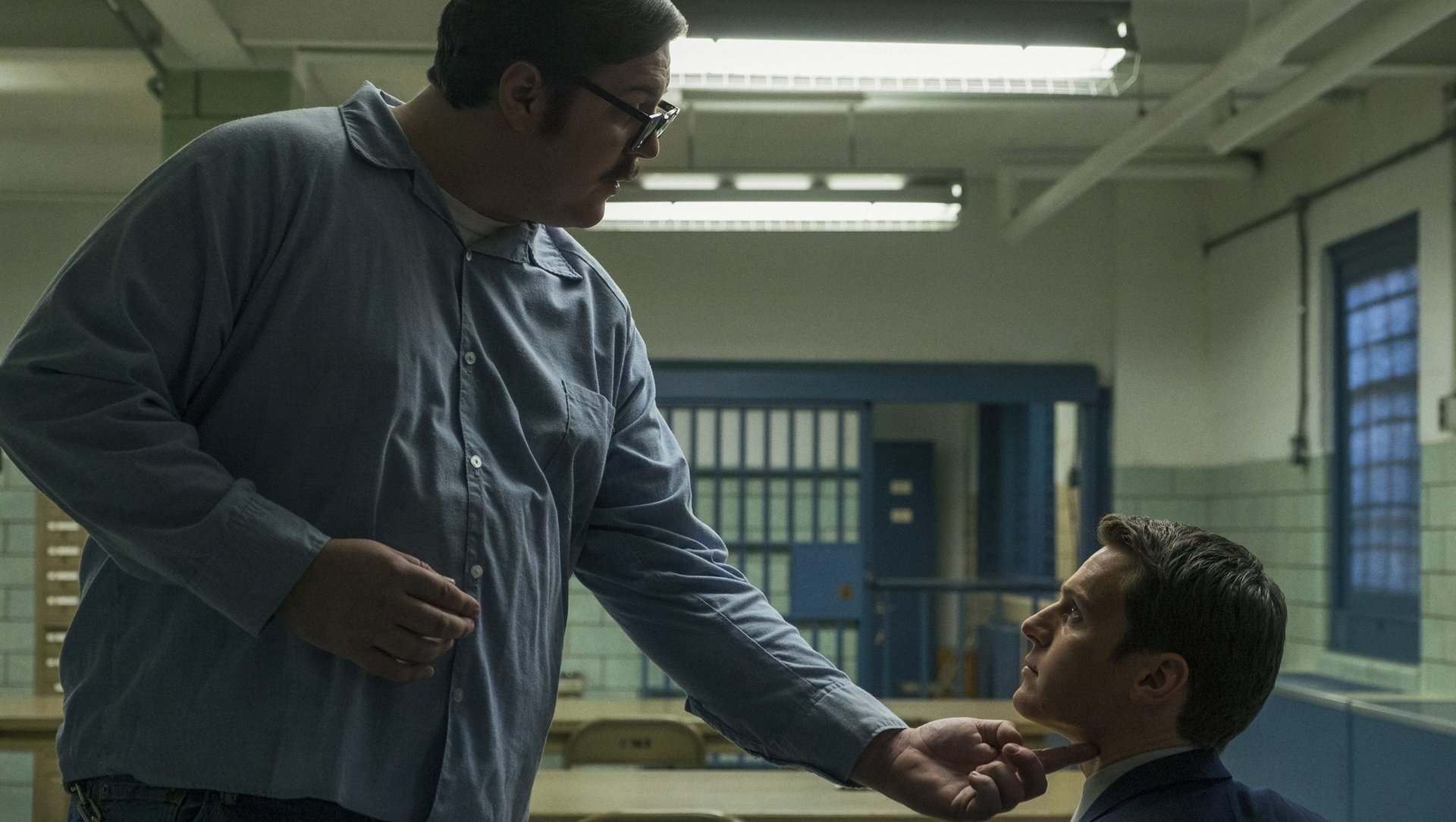The real horror in Netflix’s “Mindhunter” is how bureaucracy can murder innovation
We’ve all seen it: a young upstart arrives at your office with lots of new ideas, thinking he can change how things are done. Maybe you saw his potential and helped him make his appeal for reforms. Or maybe you just glared at him from your desk, wishing he’d either get with the program or bring his earnest enthusiasm elsewhere.


We’ve all seen it: a young upstart arrives at your office with lots of new ideas, thinking he can change how things are done. Maybe you saw his potential and helped him make his appeal for reforms. Or maybe you just glared at him from your desk, wishing he’d either get with the program or bring his earnest enthusiasm elsewhere.
In Mindhunter, Netflix’s chilling new drama based on the book of the same name about the early days of criminal profiling in the late 1970s, that young upstart is Holden Ford (Jonathan Groff), a 29-year-old FBI special agent with a considerable amount of experience for his age. Before joining the bureau’s behavioral science unit, he was a hostage negotiator who taught even younger cadets at the FBI Academy in Quantico, Virginia. His specialty there: how to placate a suspect before he gets violent and blows someone’s head off (or his own).
Holden, a bright but imperious mind, realizes that the FBI doesn’t know, or much care, why killers do what they do. It’s not the FBI’s job to commiserate with them, he’s told, it’s the bureau’s job to electrocute them.
He suggests to his superior, the unit chief at the academy, that the FBI “get updated” on the latest academic thinking on criminal psychology, arguing that a lot has changed in the world over the previous five years. US president Richard Nixon resigned, the Vietnam War ended, and, most important to Holden, Charles Manson’s death cult seemed to usher in a new era of sadistic killers. He is determined to figure out how to understand them.
But the FBI, a faceless bureaucratic monolith, would not be so easily swayed. As his partner, Bill Tench (Holt McCallany) tells him, “the FBI is a glacial bureaucracy, but it’s highly effective.” It’s effective in the way a glacier is effective: moving preposterously slowly, accumulating mass as it goes, growing larger and stronger and impenetrable, swallowing up or shoving aside anything that gets in its way.
Compounding Holden’s problem is the not insignificant fact that he doesn’t really know what he’s doing. All he has is an idea: interview convicted serial killers, assess their psychology and any motivating factors for their behavior, and use that information to catch other killers. He doesn’t know the best system for go about doing that, nor does he know how he’d apply what he learns to active cases. But he knows the thought is valuable and that the FBI needs to let him try it.
After going rogue and interviewing the infamous “Coed Killer” Edmund Kemper (all the serial killers in the series are based on real people), he and Bill manage to win approval for a very basic profiling operation. They’re allowed to continue their work of interviewing killers essentially in secret from the rest of the FBI, relegated to the literal basement of the building.
Eventually, with the help of a renowned professor of psychology, Wendy Carr (Anna Torv), the team is able to generate a taxonomy of the serial killer. Miraculously to everyone but Holden, the exercise actually assists in the arrest of a murderer who almost certainly would have went on to kill more people if not for the behavioral unit’s intervention in the investigation.
Again, though, there are bureaucratic obstacles. On another case, despite having already demonstrated the effectiveness of their new system, the team’s work is cast aside. They help catch a trio of killers in Pennsylvania, explaining the narrative of the crime in detail to the district attorney, but he’s not one for psychology. He just wants a conviction, so he mostly pins the crime on the most vulnerable of the three killers, who it turns out was pushed into the murder by one of the others.
Despite all of Holden’s progress to reform the systems within the FBI, there’s always another rigid institution to soften, more red tape to cut. At one point he asks Wendy if she thinks he’s crazy for trying to change the way the FBI has done things for 70 years. “Crazy in the way that anyone with a truly new idea is crazy,” she says.

We normally don’t see how our institutions change over time—we just know intuitively that they have changed and will continue to change in invisible ways over a long period. We know the FBI, for example, works differently today than it did in the 1970s, and we know it worked differently in the 1970s than when J. Edgar Hoover became its director in 1924. But, unless you worked for the bureau and were there to experience it, you wouldn’t have seen the major cultural and procedural changes happen.
Well, Mindhunter shows us how. The cynical takeaway from the series is that bureaucracies don’t improve without some extreme outside force exerting pressure on it (an increase in the awareness of horrifically violent crime probably qualifies). But the more hopeful conclusion, and the one that can apply to any office, is that collaboration is what changed the FBI for the better. It was Holden’s drive and instincts, Bill’s experience and mentorship, and Wendy’s expertise—and the combination of all three—that not only got the US Federal Bureau of Investigation to adjust to the dire realities in its midst, but helped it see around corners to the next ones.